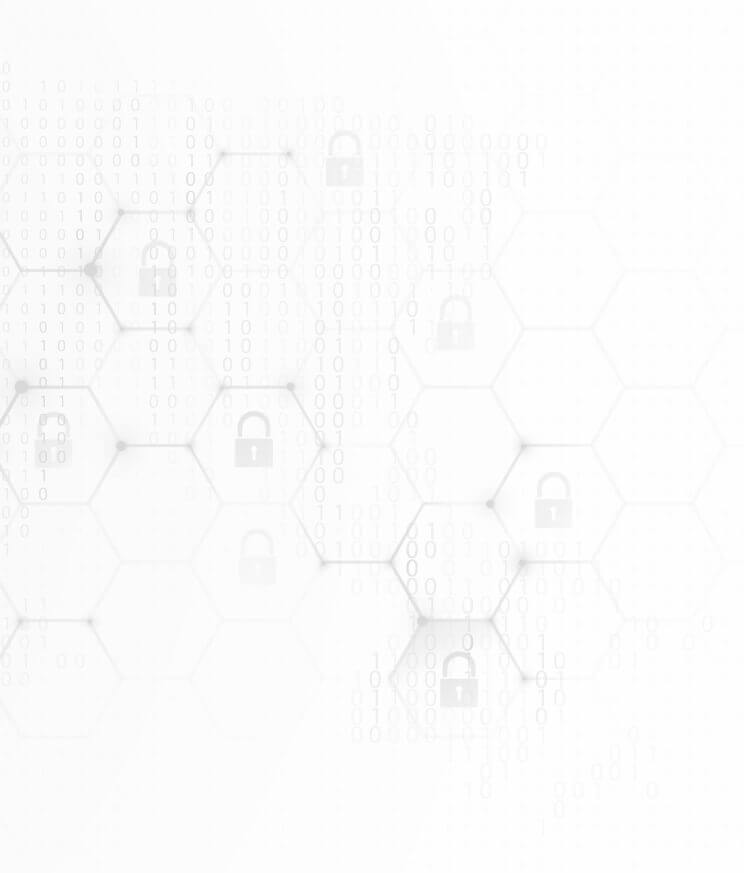
The cybersecurity landscape continuously evolves, with cyber threats growing more sophisticated and ubiquitous. Manoeuvring through this intricate terrain can impose significant financial strains and operational challenges for UK businesses, especially amid the increasing demands for adherence to stringent compliance frameworks. However, a robust strategy exists that can simultaneously mitigate cybersecurity costs while elevating defence mechanisms and compliance standards through strategic partnerships.
The Cost Conundrum: Why Cybersecurity Can Be So Expensive
Establishing a comprehensive cybersecurity infrastructure from the ground up demands a substantial financial commitment. Key components contributing to this economic burden include:
- Specialised Talent: Attracting and retaining highly skilled cybersecurity professionals is costly and subject to a highly competitive labour market. Positions like security analysts, incident responders, and compliance officers often command high salaries, leading to soaring operational costs.
- Cutting-Edge Technology: Implementing a practical security framework requires continuous investment in state-of-the-art technology. This includes the latest hardware, software solutions, and cloud-based services designed to counteract emerging threats, which can become prohibitively expensive as new vulnerabilities are discovered.
- 24/7 Monitoring and Response: To maintain vigilant security, businesses must ensure round-the-clock operations, which require a well-staffed security team and implementing advanced monitoring tools. The resources allocated toward this can be substantial and often strain smaller organisations.
- Compliance Requirements: Adhering to industry regulations such as the General Data Protection Regulation (GDPR), Payment Card Industry Data Security Standard (PCI DSS), and the Network and Information Systems Directive (NIS2) demands a significant investment in audits, ongoing training for employees, and meticulous documentation.
- Incident Response: Establishing an internal capability for effective incident response is critical but can be an expensive endeavour, necessitating extensive preparation, exercises, and the costs associated with hiring or training personnel.
These factors culminate in a formidable financial burden, particularly for small and medium-sized enterprises (SMEs), rendering comprehensive cybersecurity seemingly unattainable.
Modern Cyber Security Architecture Is Evolving
A modern decentralised cybersecurity architecture utilises a distributed approach to security management by combining cloud-native security solutions with on-premises protections tailored to an organisation’s specific needs. This architecture reduces dependence on a single point of failure and enhances the capabilities of cybersecurity teams through improved visibility and real-time threat detection across various environments. By implementing technologies such as micro-segmentation, identity and access management (IAM), and advanced analytics, organisations can dynamically identify and respond to threats.
The advantages of this approach include enhanced resilience against cyberattacks, faster incident response times, reduced complexity through the integration of various security tools, and better compliance with regulatory requirements due to improved data governance practices.
Ultimately, a decentralised model not only strengthens an organisation’s overall security posture but also promotes operational efficiencies and cost savings, allowing businesses to confidently navigate the evolving threat landscape.

Strategies for Reducing Cyber Security Costs
- Leverage Strategic Partnerships: Collaborate with specialised cybersecurity firms. These partnerships provide access to expertise and resources without the high costs of building an in-house team. You can benefit from economies of scale, reducing service expenses significantly.
- Outsource Security Functions: Consider outsourcing non-core cybersecurity functions, such as monitoring and incident response, to managed security service providers (MSSPs). This can often be more cost effective than maintaining a full-time internal team.
- Invest in Automation: Utilize automated cybersecurity tools for threat detection and response. Automation can streamline processes, reduce the need for extensive personnel, and enhance efficiency, ultimately leading to cost savings.
- Focus on Risk Assessment: Regularly conduct risk assessments to identify vulnerabilities and prioritise investments. Businesses can allocate resources more effectively by targeting areas of most significant risk and avoid overspending on unnecessary solutions.
- Implement Training Programs: Invest in employee training on cybersecurity best practices. Educated employees act as the first line of defence against threats, potentially reducing the risk of breaches and the associated costs.
- Consolidate and simplify security tools: In cybersecurity, sometimes less is more. Review your security technology stack regularly to identify opportunities to reduce complexity and create a centralised, automated view of your threat landscape. If adopting a cloud-first approach, consider using cloud-native security services that require minimal maintenance while offering maximum protection.
- Prioritise Compliance: Stay ahead of compliance requirements to avoid costly penalties. Work with partners who offer expertise in compliance to reduce the financial impact of audits and fines.
- Regularly Monitor and Review Policies: Establish a continuous improvement process for your cybersecurity policies. Regular reviews help identify areas for cost reduction and ensure that resources are allocated efficiently.
- Invest in Cyber Insurance: While not a direct cost-cutting measure, having cyber insurance can help mitigate the financial impact of data breaches and cyber incidents, providing a safety net that can ultimately reduce overall costs.
- Collaborate with Industry Peers: Share knowledge and resources with other businesses in your industry. Joint investments in shared cybersecurity solutions can reduce costs and enhance security.
The Power of Partnership: A Cost-Effective Solution
Forming partnerships with specialised cybersecurity firms offers a compelling alternative, enabling businesses to tap into essential expertise and resources without incurring the prohibitive costs of developing an in-house solution. Here’s how partnerships can offer significant advantages:
- Economies of Scale: Cybersecurity providers often leverage their relationships with multiple clients, allowing them to realise economies of scale. This effectively translates into reduced service costs for individual businesses, with potential savings ranging from 20% to 30%, or even more, depending on the services rendered.
- Access to Expertise: Partnering with established firms provides immediate access to specialised knowledge and experience. This bridges critical skills gaps and empowers businesses to navigate the ever-changing threat landscape.
- Shared Resources: Many cybersecurity services, such as threat intelligence and proactive security monitoring, can be efficiently pooled across various clients, further driving down costs while enhancing security capabilities.
- Focus on Core Business: By outsourcing cybersecurity responsibilities, companies can redirect their internal resources and manpower towards their primary business objectives, fostering innovation and facilitating growth.
- Improved Compliance: Experienced cybersecurity partners can assist businesses in effectively navigating the complex web of compliance requirements. Their expertise extends to actionable guidance on implementing necessary controls, conducting thorough audits, and maintaining meticulous documentation, all of which help avoid costly penalties.
- Enhanced Security Posture: Strategic partners bring industry best practices and cutting-edge technologies directly to the client’s operations, significantly bolstering a business’s overall security framework and effectively reducing exposure to cyber threats. This proactive stance is far more cost-effective than managing the fallout from a security breach.
Choosing the Right Partner
Selecting an appropriate cybersecurity partner is crucial for maximising the benefits of collaboration. Businesses should consider the following factors when making their choice:
- Experience and Reputation: Seek out partners with a proven track record of success and positive endorsements from previous clients.
- Specialisation: Identify partners that focus on areas most relevant to the business’s needs, whether it involves penetration testing, incident response, or compliance auditing.
- Scalability: Ensure the selected partner can scale services in line with the evolving requirements of the business.
- Communication and Transparency: Opt for partners who prioritise clear and transparent communication throughout the service engagement, especially regarding service offerings and pricing structures.
- Service Level Agreements (SLAs): Establish clearly defined SLAs to set expectations and accountability, ensuring partners fulfil their commitments.
2025 and Beyond: Embracing Collaborative Security
Cybersecurity partnerships will undoubtedly amplify significance as we look towards 2025 and beyond. As threats become increasingly sophisticated and compliance measures intensify, businesses will need to harness the expertise and resources of specialised partners to maintain a competitive edge. By embracing collaborative security frameworks, UK businesses can not only continue to reduce the costs associated with cybersecurity but also substantially enhance their defences and compliance capabilities. This proactive approach ensures they can thrive in an increasingly digital world.
Don’t wait until vulnerability becomes reality, explore potential partnerships today to forge a stronger, more secure future for your business.





